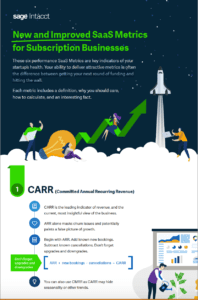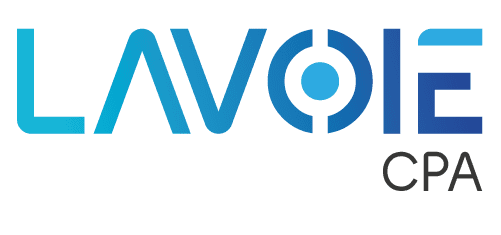Charlotte Business Leader Sharai Lavoie joins Jerrold Kinney, De’Marcus Miller, and DeAndrae Watson for a discussion on race and the role the sports industry can play in creating positive change within the business community. This captivating conversation explores systemic racism and the vital dialogue that should exist between equality advocates and business leaders.
Watch the full video below, and check out a few of the highlights!

Key Takeaways
Simply put, we as a society are at the crossroads of cultural advancement and organizational ineptitude. The topic of systemic racism, workplace inequality, and homogenous decision-making can no longer be ignored. However, the definition of the “talk” changes from colleague to colleague as do the continuous actions that need to follow.
Over the years, sports professionals have championed those difficult conversations (“talks”) and been at the nexus of sustainable change and political progress. And now, with unparalleled access to recorded footage of police brutality and the confluence of back-to-back violence on black men and women, professionals and companies have an obligation to drive national momentum and activate the diversity conversation.
Here are some very real tips on how to move the equality needle from our Race Talks in Sports panelists:
Are you an athlete or a professional in the sports industry? Here’s how you can influence or participate in sustainable change:
- Continue to be active in your communities… every day
- Have your beliefs front and center… literally wear them where the cameras will see
- Always participate in the conversation… no matter where you are
- Get over your anxiety and fears surrounding communication… no matter what environment you’re in, someone can learn from your experiences
- Bring your full, authentic self to the workplace… the court, the field, or the office
A company’s commitment to diversity
How to do more than just check the box
Unfortunately, most organizations check the diversity and inclusion box by creating an internal group, announcing it on social media, and that’s it. Committing to diversity means providing your employees the opportunity to be mentored and propelled into their desired industry or professional stature. Companies need to rethink how they can use these diversity and inclusion groups to present goals to leadership, and, over time, show what has actually been accomplished. This allows for true accountability and a way to track how quickly programs are progressing and identify ways to continuously improve.
Start improving your diversity and inclusion initiative by focusing on these 5 areas:
- Evaluate Your Organization & Find The Right Skills That Can Lead Change
- Build A Community With Accessible Communication Channels & Resources
- Educate Everyone In The Company From Leadership to Interns
- Create Transparent Goals That Can Be Shared & Tracked
- Drive Accountability That Can Be Analyzed On A Consistent Basis
Ways to Get Involved
Join the Charlotte Sports + Business Networking Group
Charlotte Sports+Business is a free networking group connecting sports industry executives in the Queen City.
Join the Racial Equity Institute
A Greensboro based organization, the Racial Equality, Institute helps individuals and organizations develop the tools they need to challenge patterns and grow equity within their communities.
Watch Uncomfortable Conversations With A Black Man
Emmanuel Acho sits down to have an “uncomfortable conversation” with white America in order to educate and inform on racism, system racism, social injustice, rioting & the hurt African Americans are feeling today.
Moderator
Sharai Lavoie
CEO
Lavoie CPA
Participants
DeAndrae Watson
Vice President
Octagon
De’Marcus Miller
Senior Marketer
Jerrold Kinney
Senior Marketing & Strategy Professional
![Sage Intacct’s 6 Key Performance Metrics For Subscription Businesses [INFOGRAPHIC]](https://lavoiepllc.com/wp-content/uploads/2020/10/Sage_BlogHeader-1080x482.png)







